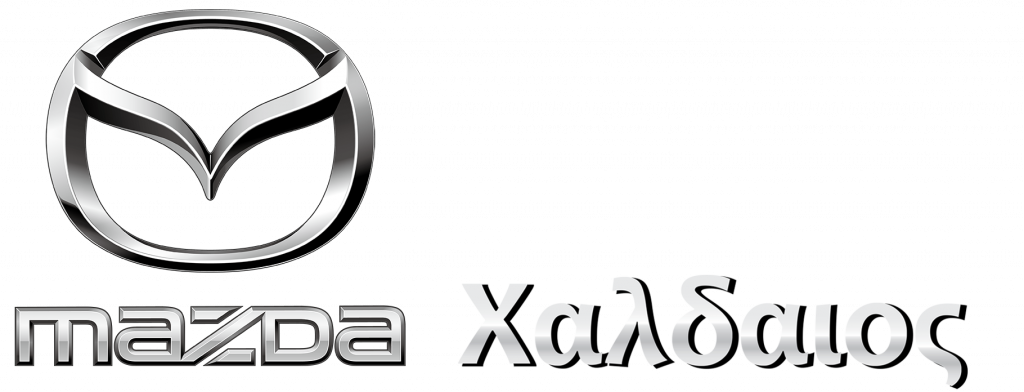Content
With BBP, you can expand https://www.xcritical.com/ your service package to 3,000 financial instruments in crypto and standard financial markets with the slightest fraction of a delay in execution time. On the other hand, offering derivatives with crypto coins and tokens enables you to accommodate seasoned investors who are looking for diversified trading instruments. Thus, perpetual contracts have no specific expiration date that indicates when the asset must be traded and can be held indefinitely.

SEBI Updates Position Limits in Equity Derivatives: Takeaways for Market
Derivatives can be used to manage risk by balancing the potential loss from an underlying asset. For example, a trader may use a derivative to lock in the price of an asset, protecting against a decrease in market price. The underlying asset — can include cryptocurrencies, stocks, bonds, commodities, currencies, interest rates, and other derivatives. However, the fluctuation or inconsistency in the price of these underlying assets determines the value of their derivatives. In summary, while some exchanges focus exclusively on traditional futures, others provide the flexibility of crypto derivative trading perpetual futures.
- Wealth management services are offered through StoneX Wealth Management, a trade name used by StoneX Securities Inc., member FINRA/SIPC and StoneX Advisors Inc.
- By understanding the characteristics and uses of each, traders can better equip themselves to make informed decisions and develop strategies that align with their financial goals and risk appetite.
- Additionally, derivatives trading provides more flexibility, enabling traders to profit from both rising and falling markets, whereas spot trading primarily benefits from price appreciation.
- Let’s compare crypto spot and derivatives and how you can successfully launch a brokerage platform.
Derivatives let you trade contracts about an asset like bitcoin without actually holding a single coin yourself.
Selecting between spot and derivatives trading depends on various factors, including your investment goals, risk tolerance, and market experience. Fintech For new investors or those looking for a more straightforward and lower-risk approach, spot trading may be the better choice. It offers direct ownership of cryptocurrencies and a more transparent trading environment. The digital asset markets have pioneered a new type of trading instrument; perpetual futures. [2] The compliance date for federal speculative position limits on economically equivalent swaps is January 1, 2023. In the competitive realm of crypto trading applications, both spot and derivatives trading have carved out their niches.
Implications of Owning a Trading Exchange

Plus, you can open a position using just a small deposit (margin), which can magnify your profits if your trade is successful. Another answer is that derivatives let traders shuffle their money around to manage risk – known as hedging. In the real world, farmers like derivatives because they can lock in a price for their crop to avoid worrying about price volatility. For instance, a soybean farmer can sell crops before they are even planted through soybean futures contracts. It allows a farmer to budget for that set price without worrying about huge fluctuations that could rise or fall depending on inflation or if the marketplace is flooded with a hearty soybean harvest.

Assets Information and Risk Management
It involves buying and selling cryptocurrencies such as Bitcoin, Ethereum, or other altcoins at their current market prices. You actually own the cryptocurrency, which means you can transfer it to your wallet, hold it, or use it as you see fit. This transparency ensures that you are always aware of the current market value of the cryptocurrencies you are trading, which reflects the immediate supply and demand.
These are financial instruments that allow a trader to lock in an asset price to have the right to buy or sell it at a predetermined date. For example, two traders can enter an options contract to buy BTC at $50,000 on a particular date. Most trading software, such as cTrader and MetaTrader, offer you a solid way to execute derivatives trading, where investors buy and sell financial instruments’ CFDs as a faster way to engage in the market. The digital asset markets are operational 24/7 and are inherently more volatile than their traditional counterparts. This makes accurate market monitoring solutions invaluable.It is vital that market participants have access to real-time high-quality data to accurately monitor market movements.
Spot trading is generally simpler and carries lower risk, making it suitable for long-term investors. In contrast, derivatives trading offers higher potential returns through leverage but comes with increased complexity and risk. Additionally, derivatives trading provides more flexibility, enabling traders to profit from both rising and falling markets, whereas spot trading primarily benefits from price appreciation. Traders may also make use of the conditional spot month limit exemption for NYMEX Henry Hub Natural Gas (NG).
Derivatives markets are often opaque, meaning it can be challenging to determine the true value of a contract or the level of risk involved. This can make it difficult to accurately price a derivative, leading to market inefficiencies and increased risk. However, leveraging can amplify potential gains, but it can also increase the risk of loss. The global financial market is filled with numerous opportunities both individuals and organizations can leverage as far as they possess the right skill set.
There are also cryptocurrency exchange-traded funds (ETFs) and trusts on many traditional exchanges. These are financial vehicles that hold bitcoin on behalf of their investors, then trade on a regular stock exchange, just like Google or Apple stock. Also known as the “cash market,” a spot market is where you exchange stocks, commodities, or currencies with fiat currencies and instantly receive what you bought or the cash you made for selling them.
At any point, you can decide to trade (buy/sell) any of these currencies against USDT depending on the trends you see or the strategies that you have. In January 2024, the SEC approved Bitcoin spot ETF trading on leading US investment firms, boosting investors’ confidence in trading BTC. Some of the first terms you may come across but not fully understand are Spot trading and Derivatives trading. Knowing the difference between the two can open up new ways of trading crypto. Yes, derivatives data is available for trial users via REST API, or via private server access.
Trading with leverage and counterparty risks are two main challenges of derivatives crypto trading, where investors can use the broker’s leverage to amplify their potential gains. CFD trading is an established market where professional traders and institutional investors trade cryptocurrencies and other assets without having to store the coins and deal with the blockchain. Crypto spot exchanges use multiple liquidity pools funded by institutional investors, individual crypto holders, and traders to make virtual coins and tokens highly available and affordable. Depending on the license they acquire, they can get a higher class of liquidity providers. Crypto derivatives and spot trading systems have different risk factors in terms of transaction safety and market exposure. This financial instrument is usually offered by crypto brokerage firms, which facilitate different trading tools and contracts.
The spot price is the current price in the marketplace at which a given asset—such as a security, commodity, or currency—can be bought or sold for immediate delivery. While spot prices are specific to both time and place, in a global economy the spot price of most securities or commodities tends to be fairly uniform worldwide when accounting for exchange rates. In contrast to the spot price, a futures price is an agreed-upon price for future delivery of the asset.
This income stream is essential for the sustainability and growth of the exchange. Trades that occur directly between a buyer and seller are called over-the-counter. The foreign exchange market (or forex market) is the world’s largest OTC market with an average daily turnover of $7.5 trillion as of April 2022.
Each spot month limit is set at or below 25% of estimated deliverable supply. The federal spot month position limits apply on a futures-equivalent basis based on the size of the unit of trading of the relevant CRFC. Derivatives trading in the context of cryptocurrencies refers to financial instruments that derive their value from the underlying assets’ prices.



